#Llanystumdwy
Photo

LLanystumdwy Camping and Caravanning Club Site
LLanystumdwy Camping and Caravanning Club Site Review - Mini Travellers. Read more, as well as the other latest top camping stories and news, via “Camping News" ▸ http://campingholidaysites.com/?edition_id=f6e73f80-4a41-11e8-9684-0cc47a0d164b
0 notes
Photo

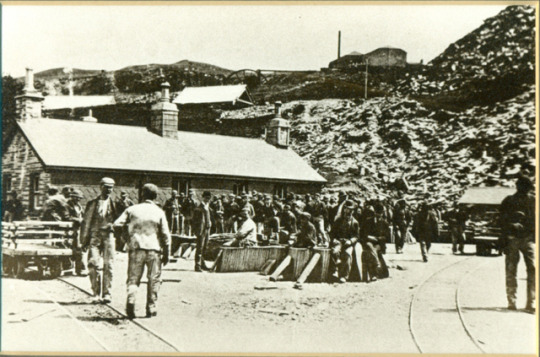
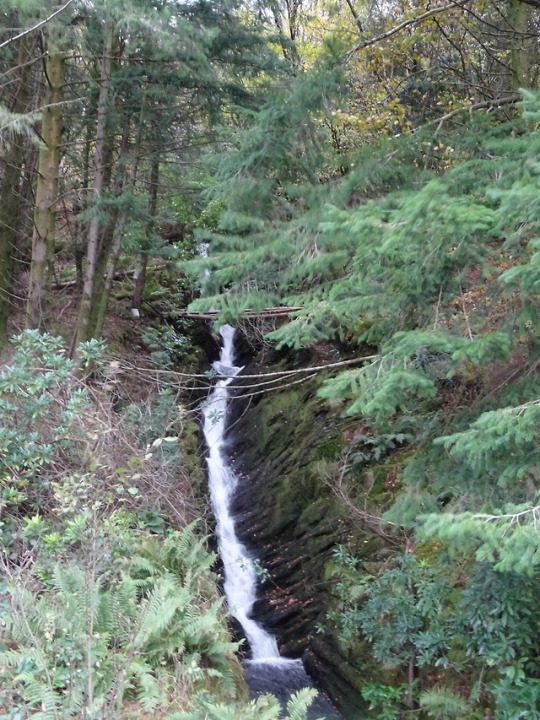
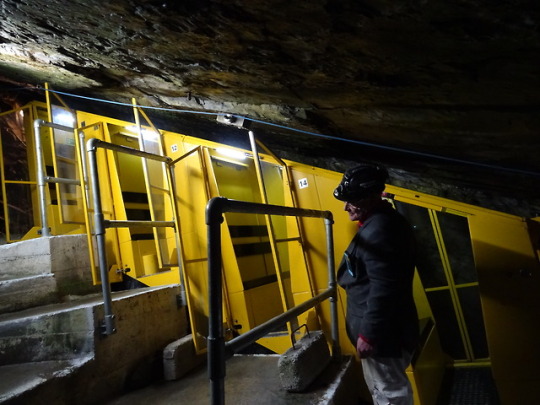
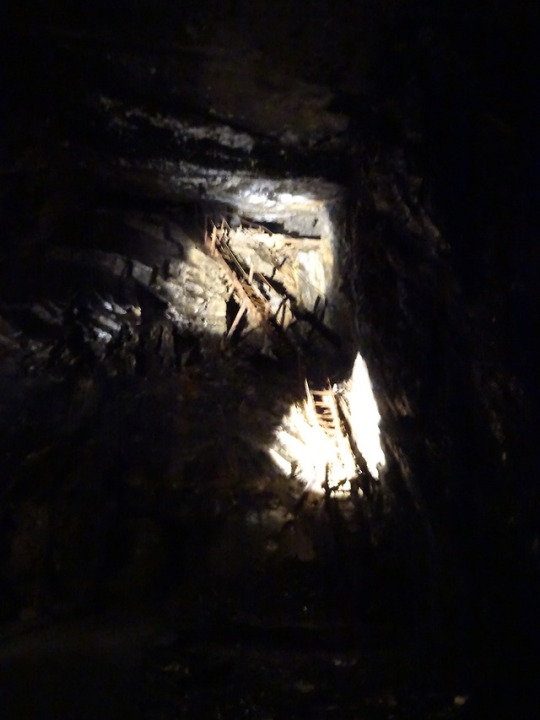
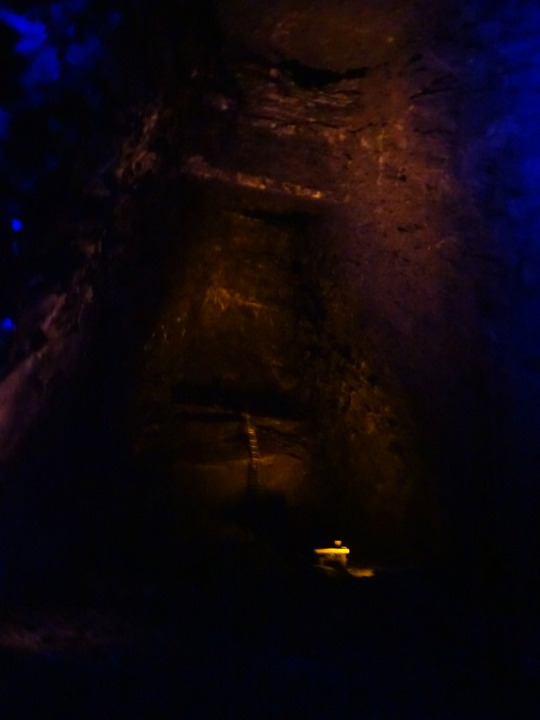

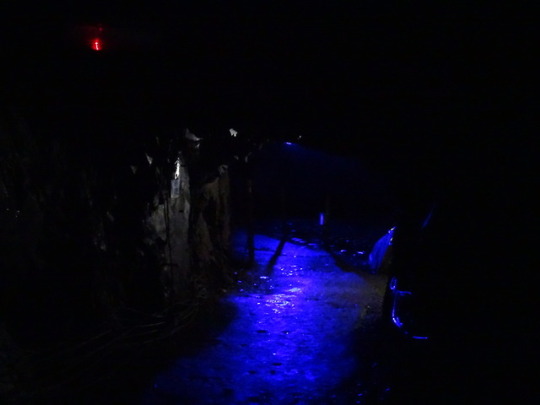
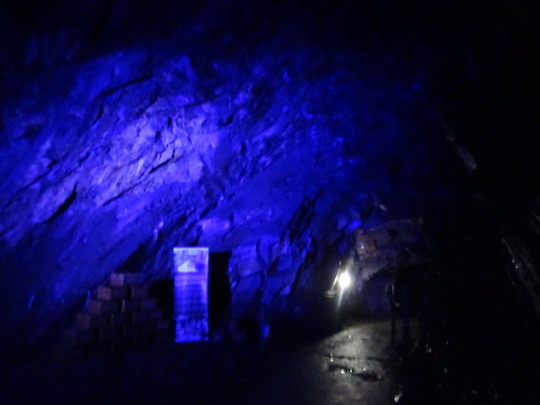
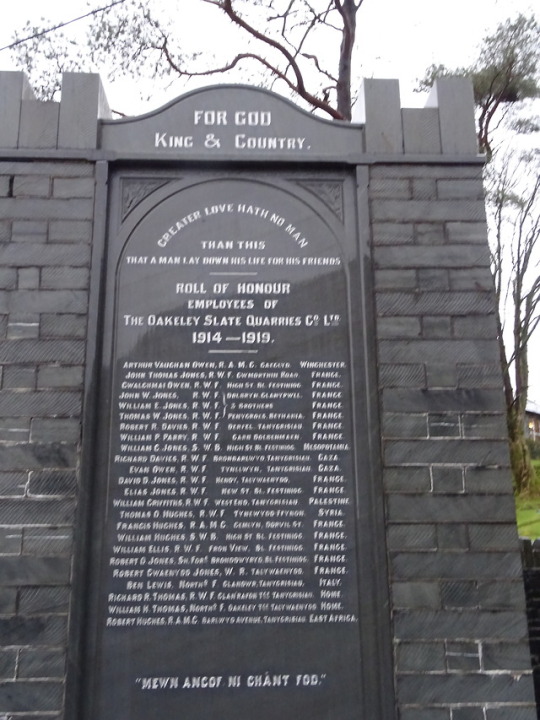
“ "Man setteth an end to darkness, And searcheth out, to the furthest bound, The stones of obscurity and of thick darkness.He breaketh open a shaft away from where men sojourn; They are forgotten of the foot; They hang afar from men, they swing to and fro"
The Llechwedd Slate mine was founded in 1846 and, like other mines and quarries in the area, provided an honest if wearisome living to generations of Welshman (our guide, Rich, who appears in (4) with the contraption that took us underground, was a 7th-generation miner who started work here when he was 15). It was common in past times to start work much earlier than that.
The town of Blaenau Ffestiniog, “the town that roofed the world), was built on slate, which has been quarried here since anquity; as you can see, there’s a lot of it and not much of anything else round here, so it was traded since at least Roman times if not before, and local slate was used extensively in the castle-building of Edward I.
The trade kicked off big-time in 1836, when the Ffestiniog Railway was constructed. At the institution of the Snowdonia National Park in 1951 the town was left out, the park forming a doughnut around Blaenau Ffestiniog, where the vital if unglamorous work went on. (2 is from 1890)
This particular mine was owned by the Greaves family, who came from Warwickshire in the English midlands. John Whitehead Greaves moved in 1830 to Caernarvon, then one of the hubs of slate importing. He joined forces with Edwin Shelton, and in 1836 the Ffestiniog Railway was set up, John Whitehead Greaves being one of the passengers on the first journey, which went to Porthmadog, a settlement founded in 1811 by William Madocks for the purpose of slate exporting, and now home to the museum which is essential for an understanding of the area.
Greaves and Shelton worked extensively in the area, running mines and quarries and building cottages, and struck it lucky when Llechwedd was set up in 1846. Here were used then state of the art techniques like dynamiting, though working conditions were grim; I can’t forget the description of how workers would hang on the rockface on chains tied around their legs, swinging picks, which was tolerable once the skin had callused (so that’s ok then!?)
At the time great advances in engineering were being made, most notably the design of (3) the Rhaeadr Gudd or Secret Waterfall, a remarkable man-made feature the intent of which was to drain the moors which might otherwise have been flooding the mines.
John Whitehead Greaves constricted the Greaves Wharf, Porthmadog, which became a hub of the export trade to Liverpool and beyond; the main trade was to Germany but Blaenau Ffestiniog slate went round the world, notably forming the roof of the National Bank of Argentina (where a large Welsh colony lived).
The Greaves family lived at Plas Weunydd and after John Whitehead Greaves died in 1880 his son John Earnest Greaves took over; living for nearly a century, he brought in changes such as the introduction of electricity in 1891 and ushered Llechwedd into the 20th century before dying in 1945, the same year as David Lloyd George, and was also buried at Llanystumdwy.
Later, the family lived at Wern, near Porthmadog, built in 1892, and were like the rest of their community to face turbulence in 1914; the outbreak of World War 1 devastated the export trade and ruined Porthmadog (which now lives mainly by tourism), and had an even deeper cost; the records of the Ffestiniog District Slate Quarry Proprietors Association listed a workforce that peaked at 4733 in 1898 and, staggeringly, went from 1757 in 1914 to 745 in 1918.
The steady decline of prewar years (please read Gold, Frankenstein and Manure by Ivor Wynne Jones for this) was tipped over the edge by a war commemorated in (10). Despite this, Llechwedd continued in a reduced way, as did rivals including the Oakeley Slate Quarry (founded 1818) whose war dead are commemorated in (10).
A plan for a merger with Oakeley fell through in 1936, and both went on into the postwar age, as did others; at his investiture as Prince of Wales at Caernarfon in 1969, Prince Charles sat on a chair of Dinorwic slate, though sadly in the same year Dinorwic closed, followed by Oakeley in 1971.
This wasn’t the end though; the award winning museum was set up in 1972 and production, albeit less than in its heyday, goes on at Llechwedd, at Oakeley (reopened in 1997), and as well as these uses others have been found, such as (9) a place for storing cheese!
I don’t much like cheese so I didn’t eat any, but I’m told the produce of South Caernarvon Creameries is excellent and benefits from cool storage here (cool it certainly was, especially when near (6) the underground lake.
So these are enterprises well worth supporting if you want to know what put a roof over Wales and the world and who it was that paid for your holiday.
2 notes
·
View notes
Photo
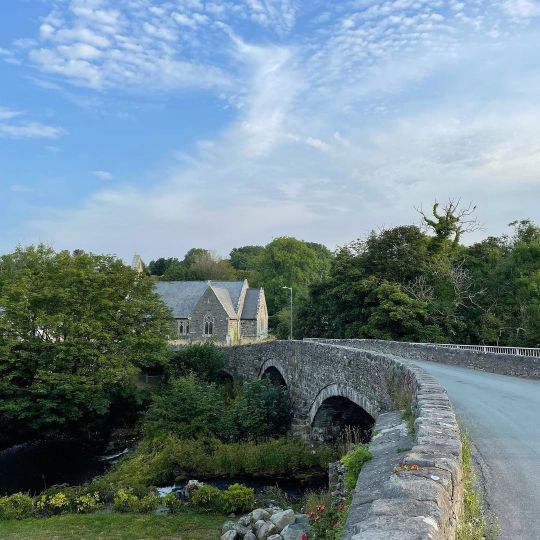
Ride around Criccieth and Llanystumdwy this morning (at North Wales) https://www.instagram.com/p/CRqQ6csFXVN/?utm_medium=tumblr
0 notes
Text
Obituary: Jan Morris - historian, travel writer (94)
Obituary: Jan Morris – historian, travel writer (94)

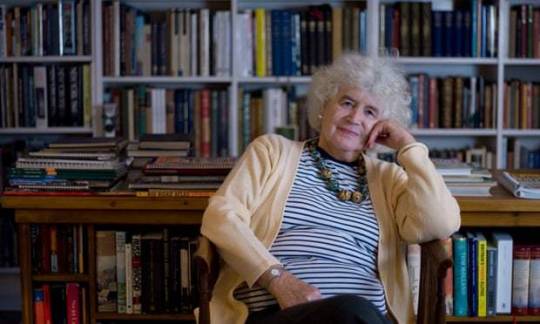
Jan Morris, pictured at her home near the village of Llanystumdwy, north Wales.
Photograph: Colin McPherson/Corbis via Getty Images
20 November 2020 | Richard Lea |The Guardian
Jan Morris, the historian and travel writer who evoked time and place with the flair of a novelist, has died aged 94.
As a journalist Morris broke monumental news, including Edmund Hillary and Tenzing Norgay’s…
View On WordPress
0 notes
Photo

Volkswagen Lease Deals in Llanystumdwy #VW #Leasing #Company #Llanystumdwy https://t.co/l3oDtdEwVb
Volkswagen Lease Deals in Llanystumdwy #VW #Leasing #Company #Llanystumdwy https://t.co/l3oDtdEwVb
— Car Leasing Company (@carleasecompany) February 23, 2020
0 notes
Video
Wales hasn't heard it's summer! 🌧🌧🌧🐑🌧🌧🌧🌧🌧🌧🌧 #rain #Wales #summershowers #greatbritishsummer #findyourepic (at Llanystumdwy)
1 note
·
View note
Photo
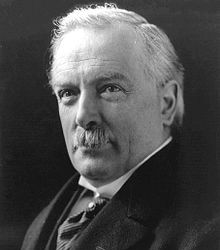
David Lloyd George ( 1st Earl Lloyd-George of Dwyfor ) - premier Wielkiej Brytanii w latach 1916-1922 i minister wojny w 1916 r.Liberał z Walii. Przed I wojną światową zwolennik przyjacielskich stosunków z Niemcami, a jako minister skarbu przeciwnik zbrojeń brytyjskiej floty wojennej. W czasie wojny, pod wpływem kampanii prasowej i presji politycznej, zastąpił premiera Asquitha i stanął na czele rządu koalicyjnego, w którego skład weszli jego zwolennicy z Partii Liberalnej i konserwatyści. W celu uzyskania wydajniejszej pracy rządu utworzył nowe departamenty: okrętowy, produkcji żywności, usług i pracy.Był jednym z sygnatariuszy Traktatu wersalskiego. Razem z premierem Francji – Georges Clemenceau, premierem Włoch Vittorio Orlando i prezydentem Stanów Zjednoczonych – Thomasem Woodrowem Wilsonem znani byli jako Gruba Czwórka.Był przeciwnikiem utworzenia silnej Polski i oddania Polakom Górnego Śląska (uważał, że przekazać Polakom śląski przemysł to tak, jakby dać małpie zegarek), pomysłodawcą plebiscytów w okręgach olsztyńskim i kwidzyńskim w Prusach Wschodnich.Za jego kadencji kobiety w wieku ponad 30 lat otrzymały prawa wyborcze. Większa część Irlandii zyskała niepodległość. Partia Liberalna nigdy jednak nie otrząsnęła się po rozłamie.W czasie Wielkiego Kryzysu optował za stymulowaniem przez rząd popytu oraz zwiększenia wydatków na walkę z bezrobociem.We wrześniu 1936 roku spotkał się w Berchtesgaden z Adolfem Hitlerem publicznie wyrażając wielki entuzjazm do osoby Hitlera oraz niemieckiego programu gospodarczego. Po powrocie w dzienniku Daily Express nazwał Hitlera największym z żyjących Niemców oraz George’em Washingtonem Niemiec. W późnych latach 30. trzeźwo spoglądając na sytuację w Europie, przyłączył się do Winstona Churchilla zwalczającego politykę appeasementu.Mimo iż urodził się w Manchesterze Lloyd George był z pochodzenia Walijczykiem. Jego ojczystym językiem był język walijski. W marcu 1863 r. jego ojciec, William George, nauczyciel, z powodu złego stanu zdrowia powrócił do rodzinnego Pembrokeshire. Zmarł w czerwcu 1864 r. w wieku 44 lat. Jego żona, Elizabeth George, córka Davida Lloyda, szewca i kaznodziei baptystycznego z Llanystumdwy w hrabstwie Caernarvonshire, sprzedała farmę i przeprowadziła się wraz z dziećmi do Llanystumdwy. David miał dwoje rodzeństwa – starszą siostrę Mary Ellen i młodszego brata Williama. Pod względem wyznaniowym był baptystą. W pewnym okresie pełnił funkcję prezesa Walijskiej Unii Baptystycznej. W czasie pełnienia urzędu premiera był członkiem zboru baptystycznego przy Castle Street w Londynie.
0 notes
Link
via Twitter https://twitter.com/SystemsRoofing
0 notes
Text
David Lloyd George Kimdir?
David Lloyd George Kimdir?
İngiliz politikacısıdır (Manchester 1863-Caernarvonshire / Llanystumdwy 1945).
1879’da Portmadoc’daki bir avukatlık bürosunda çalışarak 1884’te baroya kabul edildi. 1890’da Galler Bölgesi Liberal üyesi olarak seçildiği Avam Kamarası’ndaki yerini 55 yıl korumakla bu alanda rekor kırdı. Güney Afrika’daki Boerler Savaşı’na (1899-1902) İngiltere’yi sokan Sömürgeler Bakanı Chamberlain’ı şiddetle…
View On WordPress
0 notes
Photo

46/100 Tafan y plu, llanystumdwy- open on Wednesdays from 6pm to 10pm (at Llanystumdwy)
0 notes
Photo










Y maen garw, a maen ei goron, — yw bedd
Gŵr i’w bobl fu’n wron;
Dyfrliw hardd yw Dwyfor lon,
Anwesa’r bedd yn gyson
(The rough stone, stone of his heart, is the grave of a man who was a hero to his people; a beauteous watercolour is the merry Dwyfor, t'will ever caress his grave)- WRP George.
Along the banks of the Afon Dwyfor to Llanystumdwy, best known as the childhood home of David Lloyd George, the only Welsh prime minister and the only one to not be a native English speaker. This is the location of (7-10) his museum.
Lloyd George was in fact born in Manchester, in 1863, part of the great Welsh diaspora that reached as far as Argentina, but upon his father’s death moved to Llanystumdwy where he lived at Highgate (8,9,10, now part of the museum) where he was raised by his uncle Richard (10 is a model of him from the museum), a cobbler, lay preacher, and one of those tireless working-class autodidacts who put to shame overeducated & idle moderns.
Richard instilled in the young Davie the Welsh nonconformist values of staunch faith, hard work, independence of spirit and abiding by his principles, a lesson he put into practice in his schooldays when (attending an Anglican school where the Welsh language was not permitted to be spoken) he refused to recite the Anglican creed. (7) is a recreation of the school room with “children should be seen and not heard” written on the blackboard!
Qualifying as a solicitor and working in Porthmadog, Lloyd George lost his faith but retained the cultural habits of nonconformity and the staunchly independent thought that was prized in the milieu he grew up in, and became involved in politics. In 1890 he was elected Liberal MP for Caernarvon, defeating Tory candidate and local lord Hugh Ellis-Nanney, from whose land he had poached as a boy! (Ellis-Nanney had also seen the young man’s strength of charachter early on as he was present during the Anglican creed incident).
At first engrossed in Welsh issues (he was an early supporter of Home Rule and Welsh disestablishment), his interest in national politics was galvanised by the Boer War, which he opposed, suffering verbal and even physical attacks for his stand; an especially controversial 1901 meeting in Birmingham, home of arch-warmonger Joe Chamberlain, led to a riot in which one was killed and forty injured; Lloyd George had to flee the scene, leading the right to predictably and depressingly accuse him of cowardice.
The Liberal election victory of 1906 gave Lloyd George an opportunity to display his talents on the national stage, and after Herbert Asquith became prime minister in 1908 he moved from President of the Board of Trade to Asquith’s old job of Chancellor of the Exchequer, where he wasted no time in bringing in the 1909 People’s Budget, a modest but substantial change for the better which aroused a crescendo of feigned outrage that reminds me of the right-wing hatred against Obama.
This package of pensions, sickness and unemployment insurance was highly popular with the poor; pensioners and disabled people would refer to their gratitude at being “on the Lloyd George” and thus saved from destitution, with Robert Roberts, the great historian of working-class urban life, writing that the elderly “would bless the name of Lloyd George as if he were a saint from heaven”.
The ferment of these reforms and the great Home Rule controversy (Lloyd George supported it, but Asquith never managed to overcome the opposition of the House of Lords) was made even more tumultuous by the outbreak of World War 1 in 1914; despite having begun as an anti-war campaigner, Lloyd George supported this conflict as he felt it important to safeguard Belgium, which he identified as a downtrodden small country like his own Wales; if you watch the excellent TV series 37 Days, you can get an accurate dramatised account of his conflicted thoughts and decision to go in for the war.
As the war continued, Lloyd George became more and more belligerent and was seen by many as an alternative to Asquith, who was regarded especially on the right as having a bad war.
On 25 May 1915 Asquith bowed to pressure and formed a coalition government with the Tories; in March 1916 conscription was introduced and on 6 December 1916 the refusal of the Tories to work with Asquith led to Lloyd George becoming prime minister, an office he was at first hesitant about but which he then took to keenly.
Lloyd George prosecuted the war vigorously and after victory was gained in November 1918, was seen as having mastery over the situation, but wasn’t able to secure his will at the Treaty of Versailles, which, he warned, “we shall have to fight another war all over again in 25 years at three times the cost”.
This wasn’t on his immediate horizon as, continuing the wartime coalition, he won the 1918 election in a landslide, trouncing the Labour Party and those Liberals who were loyal to Asquith, now in opposition. Leading Tory Andrew Bonar Law observed that “he can be Prime Minister for life, if he likes”.
The government moved rapidly on such issues as votes for women (an issue Lloyd George had long supported, far more so than Asquith), and the creation of the Irish Free State.
Unfortunately for Lloyd George he wasn’t the colossus he had believed himself to be, and in October 1922 many Tories, led by Stanley Baldwin, withdrew their support from the coalition, leading Lloyd George to resign on the 16th.
Although Lloyd George reached a truce with Asquith, the 1922, 1923 and 1924 elections scotched his hopes of ever becoming prime minister again and he “settled into” a role of opposition, This seemed to rejuvenate him and he came up with bold policies such as his 1929 plan to conquer unemployment, but sadly he lost the 1929 election and his ideas were ignored by the lesser men who ruled us in the 1930s.
Lloyd George’s frustration with the failure to sort out unemployment led to his biggest mistake, his visit to Hitler in 1936, but he soon saw through the Fuhrer and staunchly supported the war effort in Word War 2, though he felt himself too old to accept a government job himself.
After he died on 26 March 1945, he received a state funeral and was buried at Llanystumdwy, his grave (4,5) being near his childhood home and museum. At the funeral his old friend and comrade Winston Churchill spoke the inspiring words with which I leave you:
“He was the greatest Welshman which that unconquerable race has produced since the age of the Tudors. Much of his work abides, some of it will grow greatly in the future, and those who come after us will find the pillars of his life’s toil upstanding, massive and indestructible”.
0 notes
Photo

Migrations Dance Film
Uath Lochans is programmed to screen with Migrations Dance Film at the following dates and venues:
Dates
1 April - 31 May 2018
Venues
Mostyn - Llandudno, Wales
Venue Cymru - Llandudno, Wales
Orel Wrecsam - Wrexham, Wales
Pontio - Bangor, Wales
Volcano Theatre - Swansea, Wales
TAPE - Colwyn Bay, Wales
Wales Millennium Centre - Cardiff, Wales
Ciafaic - Llanrwst, Wales
Deiniol Shopping Centre - Bangor, Wales
Galeri - Caernarfon, Wales
Electric Mountain - Bethesda, Wales
Royal Cambrian Academy - Conwy, Wales
Ty Newydd Creative Writing Centre - Llanystumdwy, Wales
Oriel Davies - Newtown, Wales
Museum of Modern Art - Machynlleth, Wales
Theatre Clwyd - Mold, Wales
Neuadd Ogwen - Bethesda, Wales
You can watch also it video on demand -- https://vimeo.com/ondemand/uathlochans
#uath#lochans#uathlochans#cairngorm#glenfeshie#Videodance#video#dance#dance film#screendance#touring#marc brew#simonfildes
0 notes
Text
Migrations Dance Film
Uath Lochans
is programmed to screen with
Migrations Dance Film
at the following dates and venues:
Dates
1 April - 31 May 2018
Venues
Mostyn - Llandudno, Wales
Venue Cymru - Llandudno, Wales
Orel Wrecsam - Wrexham, Wales
Pontio - Bangor, Wales
Volcano Theatre - Swansea, Wales
TAPE - Colwyn Bay, Wales
Wales Millennium Centre - Cardiff, Wales
Ciafaic - Llanrwst, Wales
Deiniol Shopping Centre - Bangor, Wales
Galeri - Caernarfon, Wales
Electric Mountain - Bethesda, Wales
Royal Cambrian Academy - Conwy, Wales
Ty Newydd Creative Writing Centre - Llanystumdwy, Wales
Oriel Davies - Newtown, Wales
Museum of Modern Art - Machynlleth, Wales
Theatre Clwyd - Mold, Wales
Neuadd Ogwen - Bethesda, Wales
vimeo
0 notes
Text
Lloyd George Museum marks RAF 100
Lloyd George Museum marks RAF 100 #AvGeek #Wales #RAF100
The Lloyd George Museum in Llanystumdwy, Gwynedd, is marking RAF100 today with a flypast and special exhibition.
The first and only Welsh Prime minister, David Lloyd George, established an independent air force in 1918 after realising that air power was crucial to winning battles and wars.
When debating the creation of an air force he famously told parliament that “The heavens are their…
View On WordPress
0 notes
